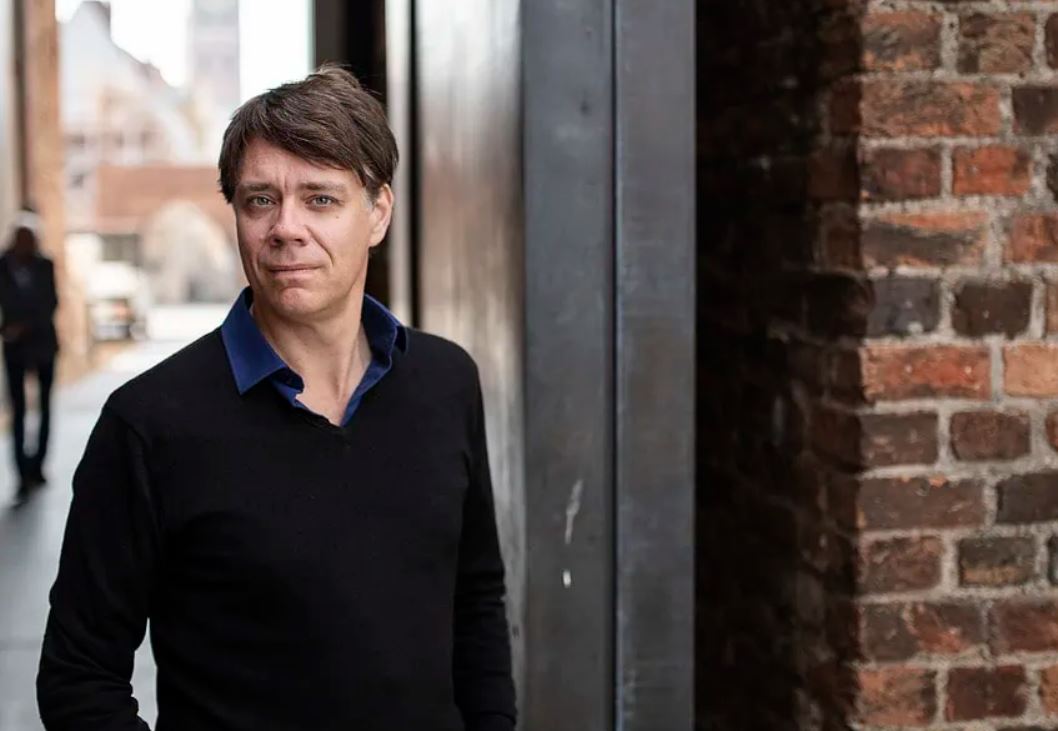Sonata for Piano No. 28
Beethoven every Friday: to mark his 250th birthday, we take a look at one of his works every week. Today it's his A major Piano Sonata from 1815/16.

Elementary particle physics has its standard model, which is used to describe the important interactions. In mathematics, on the other hand, standard deviations are used to determine the distance from a mean value. And in music, there is the sonata form. Coined by Adolph Bernhard Marx in the middle of the 19th century and still preached in schools today, it is all too easy to forget that this model only works in a few, usually particularly boring cases without exception. There is perhaps only one reason why terms such as exposition, transition, secondary theme and final group are still in use and seem indispensable: they serve as abstract ciphers that can be used to describe the characteristics of a composition - at least most of the time.
Unsurprisingly, Beethoven composed his Piano Sonata op. 101 "differently" in 1815/16. He breaks through the still young conventions of the genre on several levels, so that even Marx must dryly state that here "the name sonata is used for a composition that differs significantly from the usual sonata construction" (Beethoven. Life and work2nd ed. 1863, vol. 2, p. 216). First of all, this concerns the sequence of movements with a formally changing first movement, a lively march and a slow movement which seems like a large-scale introduction to the finale (including a reminiscence of the first movement).
This also applies to the structure of the development - with elements of fantasy, recitative or toccata - as well as to the texture with its distinctly contrapuntal procedures: The trio of the march is laid out as a canon, the development section of the finale as a broadly dimensioned fugue. Furthermore, Beethoven opens up a completely new expressive horizon with the German-language tempo and character markings, differentiated in detail, which, like the cyclical structure of the work, points far beyond the year of its composition.
Listen in!








